|
It's rare that Voyagers to Naples and the Amalfi Coast travel much further south past Salerno, but with its ancient Greek temples, rocky coast, picturesque port towns, sandy beaches, thousands of square miles of national park with its wild orchids, river rafting, mountain trekking and biking paths and even a ghost town or two, the Cilento Coast is a worthwhile destination. This isn't a very touristy area--aside from Italians. There won't be much English spoken in the villages and towns. If you come during the Ferragosto (August holiday), when most Italians are taking a month long vacation, the sandy beaches will be crowded with Italian families and in some areas, wall to wall beach umbrellas. But most other times of the year, the Cilento Coast is laid back and definitely not on the tourist radar although there are miles and miles of sandy beaches and their beach towns along the coast. This is Middle Class Italy at its best. You will see a mix of quaint towns, abandoned buildings, built-up beach resorts, construction projects seemingly at a standstill, rustic cabins and trailer camping grounds, Greek ruins, fantastic surprisingly great family ristorante, cozy and flowery B&Bs, Norman and Saracen watch towers, hilltowns and mostly fishing boats in place of luxury yachts. The climate is mild in the Cilento, even at the shoulders of the tourist season. Early spring and late fall will still have temperatures in the mid-sixties during the day--cold for Italians, but fine for the rest of us. And even in November, the rainy season is not really that rainy--about 9 days per month on average. The best news... even in August, the historic averages are in the mid eighties, due to both the sea breezes and the cool air coming down from the mountains. The sunsets are also better on the Cilento because the sun sets over the sea, unlike on the Amalfi Coast where the sun sets over the mountains in the direction of Capri. And if you love mountain biking, SCUBA diving, fishing, trekking and exploring grottoes and caverns, then the Cilento is a place to explore... Paestum: Greek Temples Older than Ancient Rome Paestum (originally named as Poseidonia, honoring the god Poseidon) was founded by the Greek Achaeans around 600 BC as a major city and trading port with a system of roads, temples, and defensive walls. It was an attractive site due to its fertile fields, sea port and access to the inland mountains. Paestum is a day trip from the Amalfi Coast, with tourist buses dropping off the throngs of people in late morning, but Voyagers to the Cilento Coast can consider it as their first stop to discover its three well preserved Greek temples, archeological site and museum. 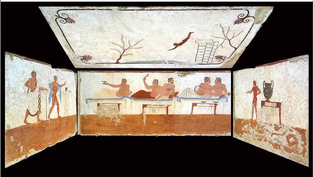 Tomb of the Diver Tomb of the Diver The Temple of Hera is oldest, built in 550 BC. It has 9 Doric columns on each facade and 18 along each side. The Temple of Athena was built around 500 BC. It has outer Doric columns and Ionic columns inside. It is 6 columns wide by 13 long. The Doric Temple of Hera II is the youngest, built in 460 BC and is also the best preserved. It is six columns wide by fourteen long. By 273 AD, the Romans took control and renamed it Paestum. The workaday beach town of Paestum is also worth a stop for a pizza with mozzarella di bufala or for a walk on its beach. Mozzarella di Bufala 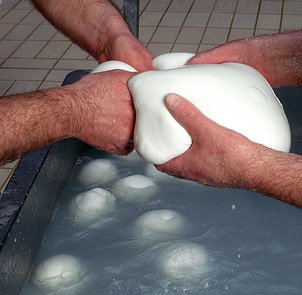 It takes two to stretch and pull balls of mozzarella di bufala in extremely hot water It takes two to stretch and pull balls of mozzarella di bufala in extremely hot water The most famous and important food product of the area, especially in the towns of Battipaglia, Eboli and Paestum is by far the Mozzarella di Bufala. There is no cow's milk used in this region for mozzarella. The milk used is from buffalo, or rather, the breed of water buffalo raised in the Campania region and the resulting cheese is a DOP protected product. Fully 90% of the mozzarella di bufala is produced in this region. Tours of a buffalo farm are possible, but two good ones to check out are Taverna Penta and Tenuta Vannulo. The buffalo are treated well here... they even have self-service massage machines that the buffalo can go to whenever then need a little spa treatment. When trekking in the high mountains of the Cilento you will probably come across herds of buffalo grazing--a beautiful sight. The amazing taste of Mozzarella di Bufala--as well as their meat (very popular here)--is a testament to their fine treatment. Flying in Cilento: Zip-Line Adventure at Trentinara
Coastal Towns Worth a Visit Agropoli's history is varied and interesting, from the neolithic people living in the surrounding hills, hunting and fishing, to the indigenous people that created a more stable settlement before the Greeks came around 600 BC and settled in nearby Positania (Paestum). The Greeks use the large bay (since silted up) and river for fishing and trading. By the 1st century BC, Romans controlled the settlement and renamed it Ercola to honor Hercules. The Byzantines took over control in the 5th century BC and the Normans built a fortress castle to ward off attacks from the Turks. As late as the 1800s, even the French controlled the port town. 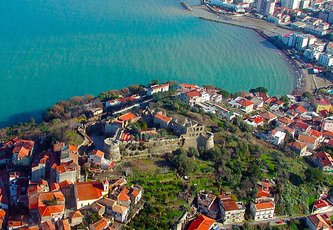 Il Castello Il Castello Only one hour from Salerno by car, Agropoli is part of the National Park of Cilento and Valley of Diano and is a UNESCO World Heritage site. It's a romantic town, especially at night, virtually every balcony has a great view of the sea, fig trees and the mountains. Worth a visit is its castle which crowns the medieval village (borgo), cobbled streets and its wonderful churches. There are obvious influences of the Saracens, the Turks, Byzantines, the Romans and the Greeks in its architecture, food and culture. In summer there are medieval festivals with colorful costumes in the old town and flowers just about everywhere. Agropoli would be a very good choice as a hub for a longer stay to explore other areas of the Cilento. When we talk about visiting Castellabate, we are really talking about three towns... The old town of Castellabate high up on the hill with magnificent views of the broad gulf, San Marco, the picturesque small port village on the southern edge of the bay, and the larger Santa Maria di Castellabate, arguably the best resort town on the Cilento Coast. San Marco offers fine hotels, a natural walking path to a rocky "la Grotta" bathing environment, and its small pleasure boat harbor. The hill top medieval village of Castellabate is a UNESCO treasure, with amazing views of the gulf between Punta Licosa and Punta Tresino (the natural sea park). Perhaps its best treasures are its castle and the Papal cathedral. During summer and fall there are medieval festivals with celebrants in colorful costumes. This historic village is positively magical at night. Sitting on the east coast of the blunt Cilento peninsula, Santa Maria di Castellabate, is one of the most picture perfect beach towns on the entire Cilento Coast. It has several sandy beaches frequented by families, not movie stars. Perhaps its best feature is its promenade along the port, a great place for an early evening passeggiata. There are also a good variety of restaurants and cafes to choose from. This is definitely a place to stay for a while or as a hub to explore the rest of the Cilento. Acciaroli has the honor of having over 300 residents over the age of 100, mostly due to its laid back lifestyle and healthy Mediterranean diet. It is sleepy seaside village with a scenic seaside walkway and a charming old town. The crusty details of the aging architecture is a photographer's dream. An authentic fishing port, you will see mostly fishing boats with the trawl nets and sailboats docked in the small harbor. There is also a long sandy beach with some of the cleanest water imaginable. It's possible that during your stay you won't meet anyone but locals. Earnest Hemingway wrote the Old Man and the Sea after spending time in Acciaroli, his "old man" character being drawn from a fisherman he befriended while there. 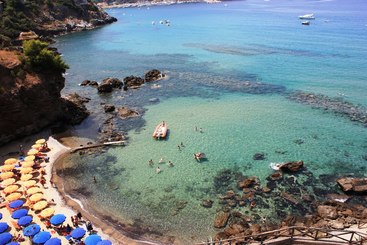 One of the several tidepool beaches in the area One of the several tidepool beaches in the area Palinuro is the southernmost town on the Cilento Coast I am profiling... but more than just the town, I am recommending Capo Palinuro and the rugged area and shoreline surrounding this rather typical holiday and camping town. This rugged promontory juts out into the sea with many crags, cliffs, islets, sea grottoes and even several natural arches. If you like things rugged or camp with a caravan (we call them a Third Wheel here in the States) then this town is for you. Otherwise, you could rent a holiday villa and explore the area... renting boats, SCUBA diving, mountain biking, hiking, bird watching and more. Capo Palinuro is a naturalist's dream, with many sentieri (hiking paths) throughout the peninsula that can be used to observe flora and fauna--there are thousands of indigenous species for botanists, birdwatchers and casual nature lovers. Even the beaches in the village of Palinuro are of interest--they are located in rocky tide pools  Palinuro sea otters Palinuro sea otters hatever you do, try not to miss the Blue Grotto, the Arch of Palinuro, or just rent a boat at the marina and discover the many other sea grottoes that dot the Capo. The really amazing thing about the Capo is that the distances between sites are very low. A circumnavigation of the cape by rental boat is roughly 3 miles one way--a very doable and amazing boating adventure for a single day's boat rental where you will experience monumental cliffs, snorkel in a sea grotto, swim in unbelievably clear waters, sun yourselves on pristine sandy beaches and perhaps come upon a Palinuro Sea Otter. Also, hiking loop trails on the cape are fairly short distances, for instance, the longest loop trail that takes you from the village of Porto up and around the Capo and back is a little over 3 miles. Still, these trails do involve a change in elevation of about 300 feet, so you need to be fit to enjoy them. Fun Fact: The Arch of Palinuro can be seen in 1960s Hercules films and Jason & the Argonauts. I suggest ending your coastal Voyage of the Cilento Coast at Palinuro simply because most of the towns further to the south are very large beach towns with kitchey tourist shops and wall to wall beach umbrellas from larger hotels. Starting at the holiday town of Marina di Camerota to the bustling town of Sapri set in its deep cove harbor (the last coast town in the Cilento region) the feeling is less and less laid back and more holiday town. I will mention, that for campers, there is a nearly three mile strand of straight sandy beach that looks back on the Capo di Palinuro stretching from the Fiume Mingardo river to Marina di Camerota with several camp/caravan venues, but during the high season these might be booked solid by Italian holiday campers. Leaving the Palinuro area, I'd suggest driving up toward the hilltown of Senza, located near the southern starting point of the Vallo di Diano... (see MAP) --Jerry Finzi Copyright 2017, Jerry Finzi/Grand Voyage Italy - All Rights Reserved
|
Categories
All
Archives
May 2023
|

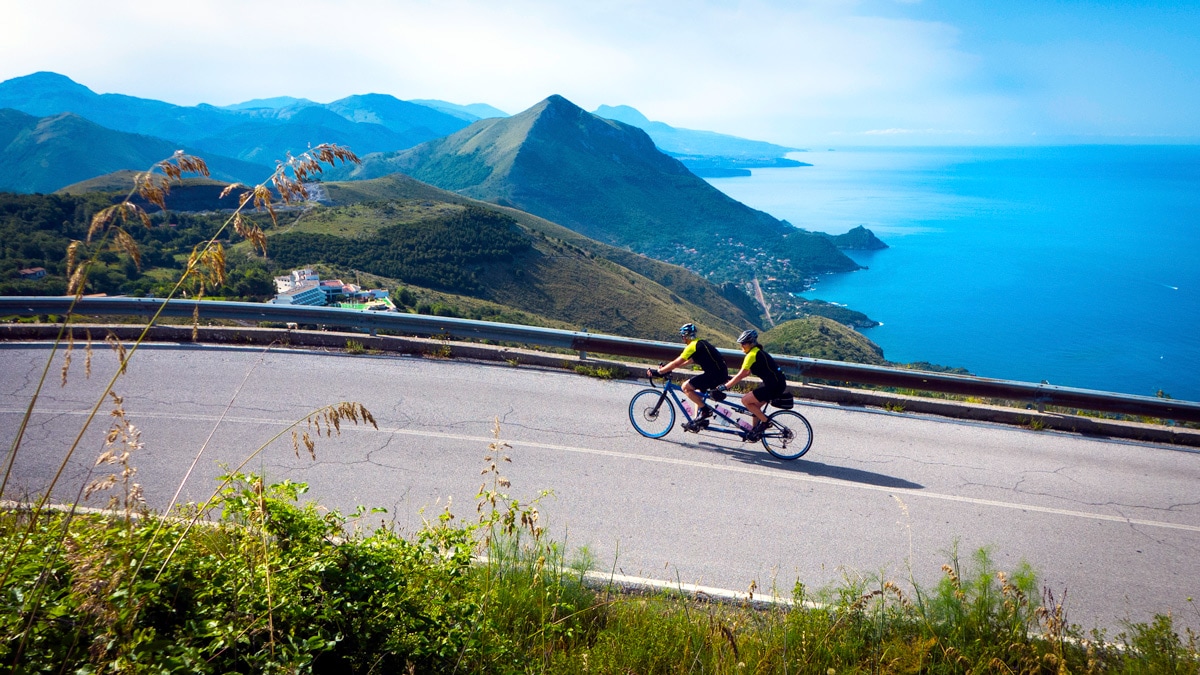


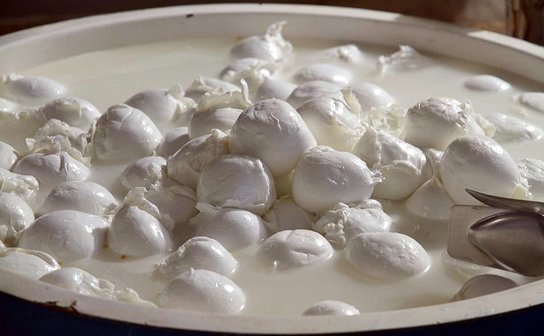
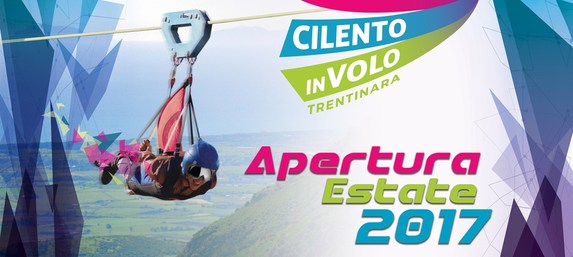
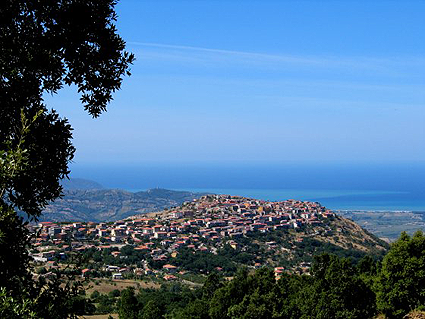
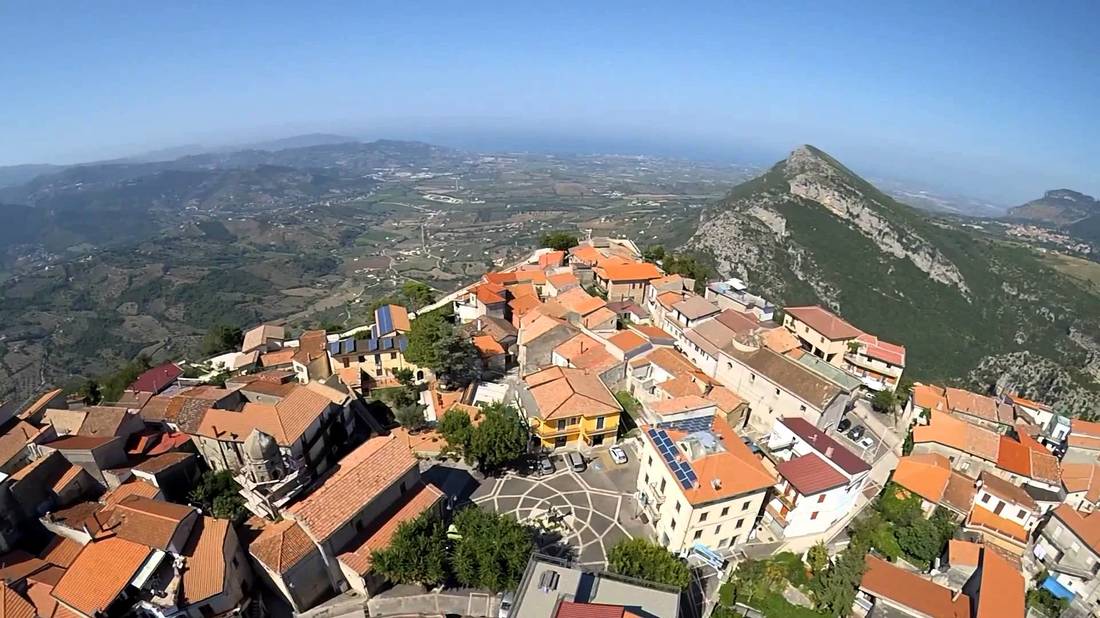
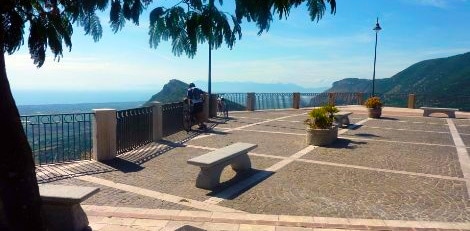
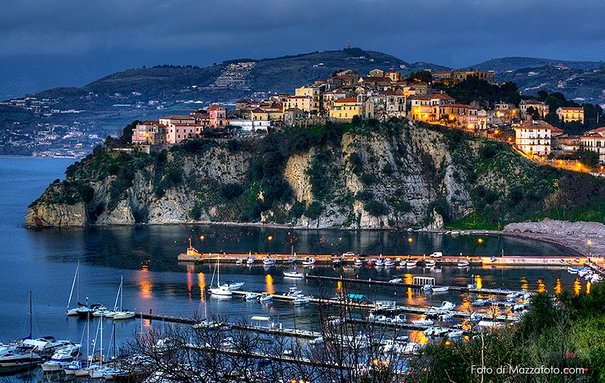
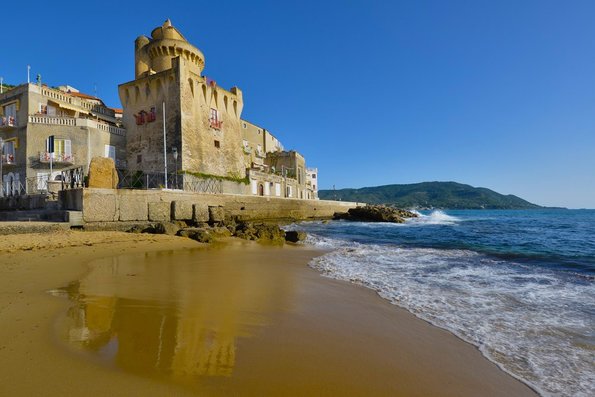
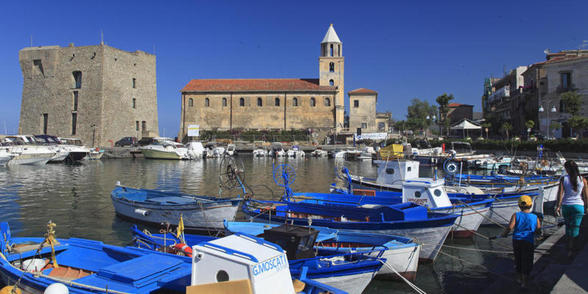
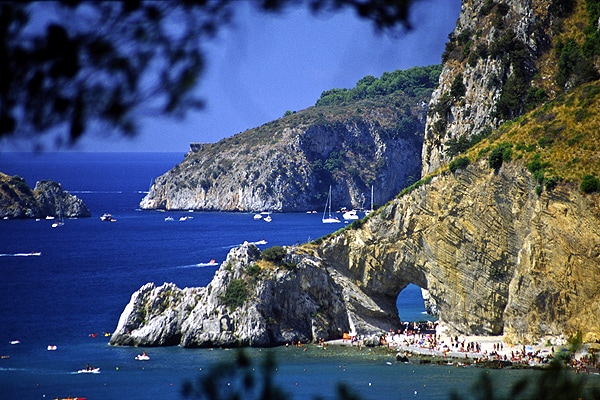
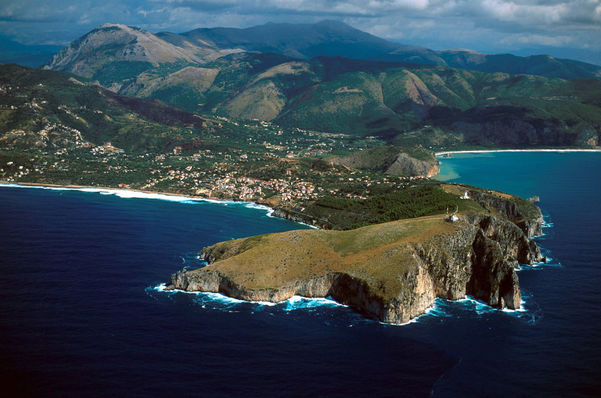
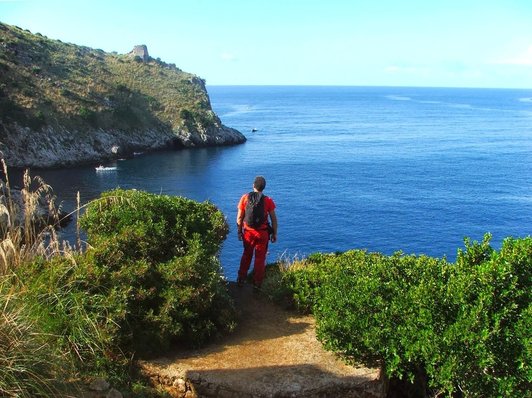
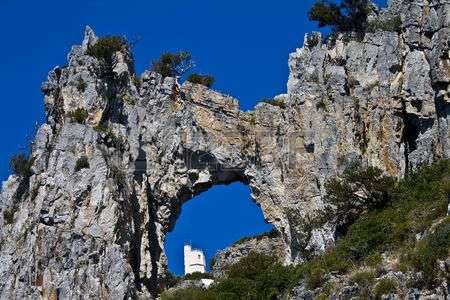
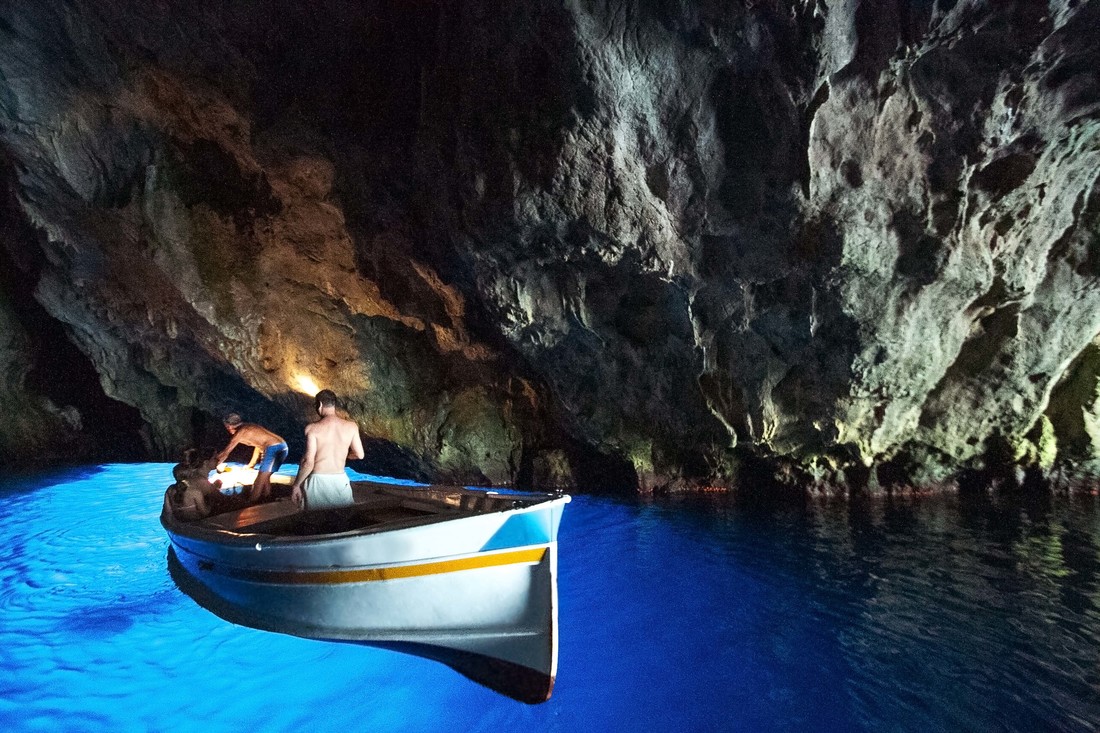
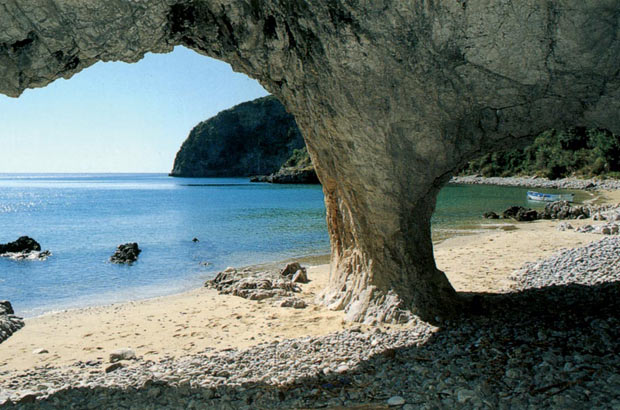

 RSS Feed
RSS Feed
